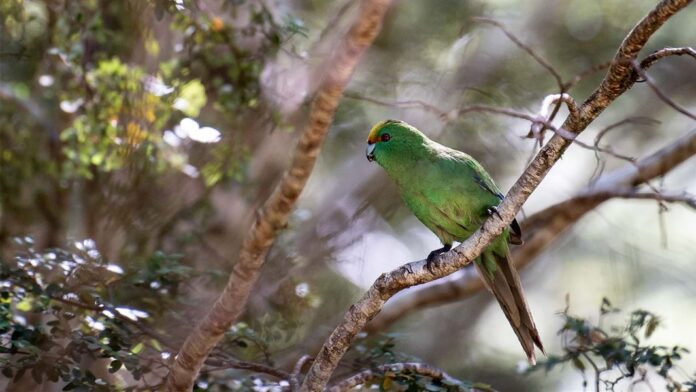Source: Department of Conservation
Date: 18 May 2021
DOC uses data from NIWA’s virtual climate station network to predict beech seeding or masts, which are triggered by a significant temperature increase between two consecutive summers.
When forests seed, it provides food for native species but can also fuel an upsurge in rodents and stoats, predators which have devastating impacts on native species if not controlled.
DOC Principal Scientist Dr Graeme Elliott says the modelling shows a beech mast is very likely in southern Fiordland next year and may also occur in parts of North Otago, South Westland and North Canterbury, as well as in the central North Island.
“After a couple of years with little beech seeding anywhere, it’s looking like there will be a beech mast in a handful of places around the country in 2022,” he says.
“Although this past January and February weren’t especially warm, March was unusually hot in some places, which increased the overall summer temperature.”
The temperature difference is not as big outside of southern Fiordland, so there is less certainty full seeding will result in those areas, says Graeme Elliott.
Background information
Beech dominates New Zealand forests with beech trees in two thirds of our native forests (over 4 million ha). Of this, 2 million ha is largely pure beech. Beech and some other forest trees mass seed every 2-6 years in what is known as a mast.
Tiakina Ngā Manu is DOC’s national programme to protect taonga native species and forests through predator control. This programme contributes to Predator Free 2050 through the sustained control of predators over large areas of conservation land until the tools and methods to permanently remove predators are developed.
“We will be monitoring flowering next spring using satellite imagery, and then in summer sampling seed in some forests to confirm where a mast is occurring.”
Rodents and stoats are also monitored, and predator control operations planned for priority conservation areas to protect our most vulnerable wildlife.
In 2019 DOC responded to the biggest beech mast in 40 years with predator control over a record 908,000 ha. Smaller but significant mast events also occurred in 2017, 2016 and 2014. There is some evidence climate change is increasing the frequency of forest seeding.
DOC will factor the new mast prediction into planning for next year’s Tiakina Ngā Manu predator control programme. Responding to a beech mast may result in the delay of some other already planned predator control work.
However, with no significant beech mast this year, there will be fewer predators in some areas. DOC’s Tiakina Ngā Manu programme for 2021 is for about 500,000 ha of priority conservation areas, including about 80,000 ha of trapping.
Planning for this year’s programme is well advanced including consultation with iwi and hapū, stakeholders, and local communities about proposed operations.
Contact
For media enquiries contact:
Email: media@doc.govt.nz



